
What Is Bluebell Creeper Australian Bluebell Care And Information
This is an evergreen, twining climber that has made its way as an ornamental plant from Western Australia into our gardens. It is also commonly known as the Australian Bluebell or Climbing Bluebell. It has a Royal Horticultural Society Award for Garden Merit (AGM). Latin Name Change

Sollya heterophylla (Australian Blue Bell Creeper) 15 seeds £1.99
Sollya heterophylla is a broadleaf evergreen shrub, vine or groundcover with green foliage and blue flowers in spring, summer and fall followed by blue and purple fruit. It can grow 4 FT - 6 FT - wide, 4 FT - 6 FT - tall. It contributes glossy texture to the garden. To grow well, it prefers sun - mostly shade and regular water. Grows best in well-drained, rich and average soil. #spreading, #.
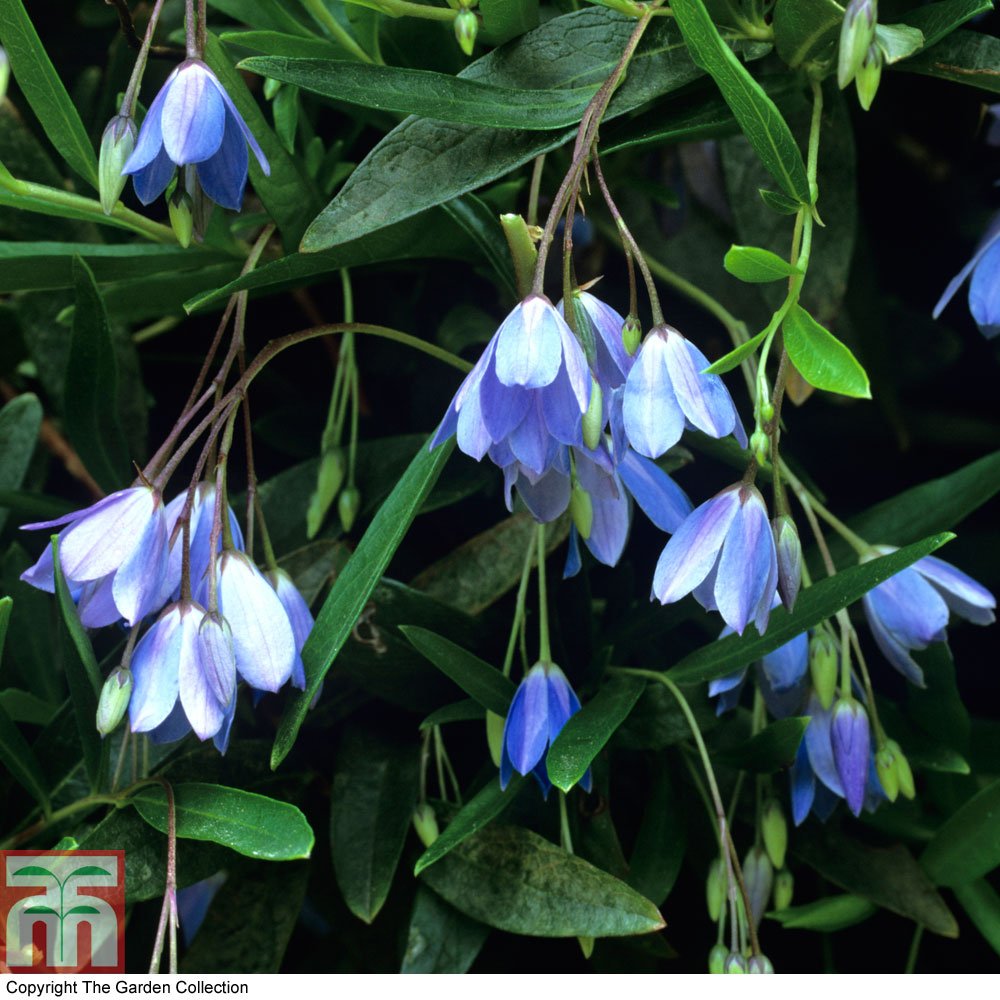
Billardiera heterophylla syn. Sollya Heterophylla ; Sollya fusiformis, Bluebell Creeper in
Bluebell creeper (Billardiera heterophylla formerly Sollya heterophylla) is a familiar plant in western Australia.It is a climbing, twining, evergreen plant that has the capacity to become invasive in other warm regions. If carefully managed, the plant makes a nice addition as an understory plant, with good frost tolerance once it's established.

PlantFiles Pictures Bluebell Creeper, Australian Bluebell (Sollya heterophylla) by wallaby1
bluebell creeper An evergreen climber to 1.8m, with narrowly lance-shaped green leaves and nodding clusters of blue flowers 1.5cm across, followed by cylindrical purple berries 2.5cm in length Other common names Australian bluebell creeper Synonyms Sollya heterophylla Join the RHS Become an RHS Member today and save 25% on your first year < >
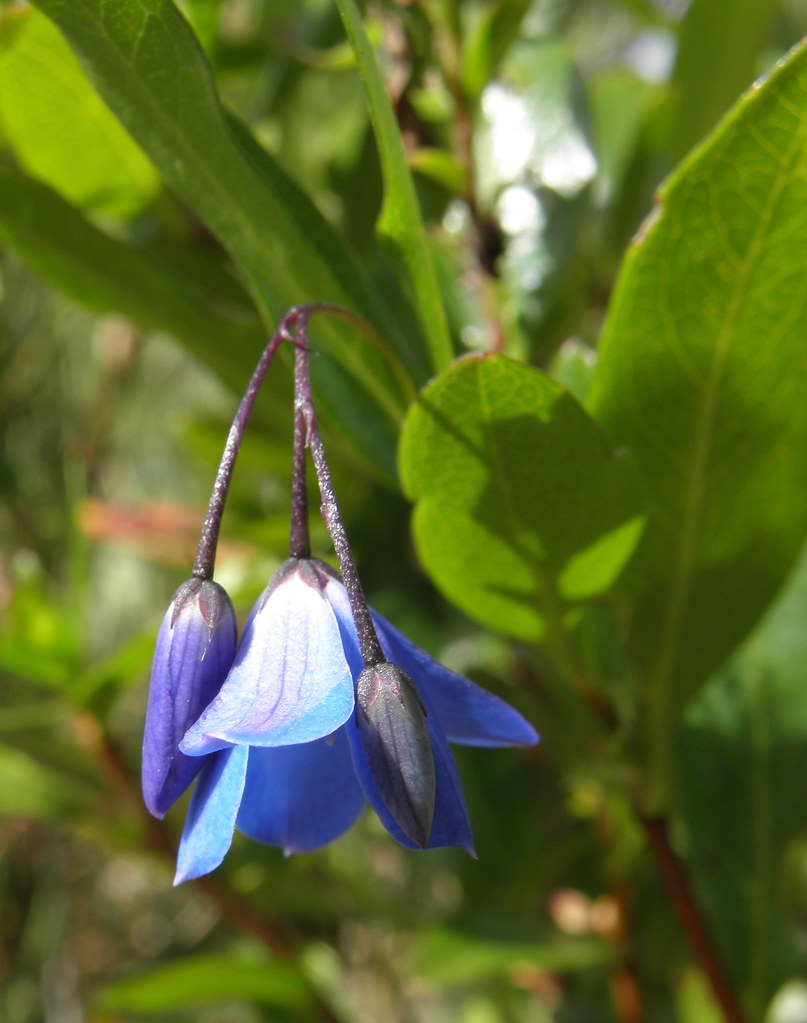
Sollya heterophylla Australian Bluebell Creeper A fine pla… Flickr
Sollya heterophylla - Australian Bluebell Creeper Habit and Cultural Information Category: Shrub Family: Pittosporaceae (Pittosporums) Origin: Australia (Australasia) Evergreen: Yes Flower Color: Blue Bloomtime: Summer Synonyms: [Sollya fusiformis, Billardiera heterophylla] Height: 3-5 feet Width: 3-5 feet Exposure: Cool Sun/Light Shade

The Bluebell Creeper and Botanical Classification Botany Karen
5.0" Never miss a water with Greg's smart reminders Greg is a plant care intelligence that has learned how plants work so you can grow with confidence! ☀️ Light Finding light for Bluebell Creeper in your home 3ft or less from a window Bluebell Creeper may have difficulty thriving, and will drop leaves 🍃, without ample sunlight.
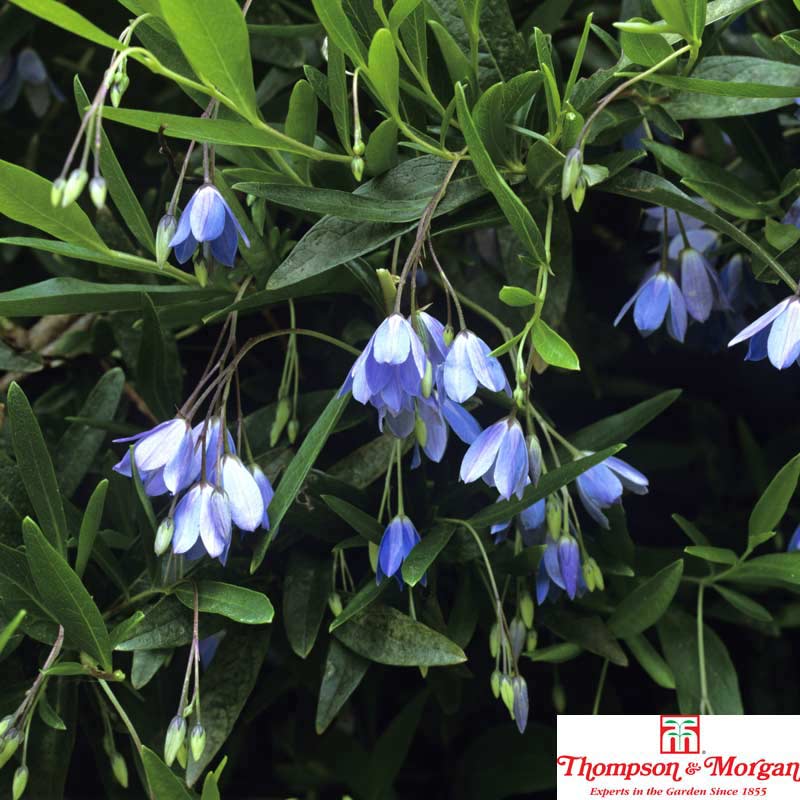
Thompson Bluebell Creeper 2 x Pots on Sale Fast Delivery
Australian bluebell creeper Common Name Australian bluebell creeper Latin Name Sollya heterophylla Description Bushy, evergreen climber can be used either as a small shrub or vine; bell-shaped pink flowers bloom from summer through fall; drought tolerant with glossy, deep-green leaves. California Native No All-Star Yes Type Shrub Size Medium Color

Bluebell Creeper (Billardiera heterophylla) flowers; native to Western Australia, but grown as
Bluebell Creeper ( Billardiera fusiformis) Image Posted on November 6, 2019 by Weeds of Melbourne Bluebell Creeper (Billardiera fusiformis), a Western Australian climbing shrub that has become a catastrophic success story following introduction to southeastern Australia as an ornamental native plant.
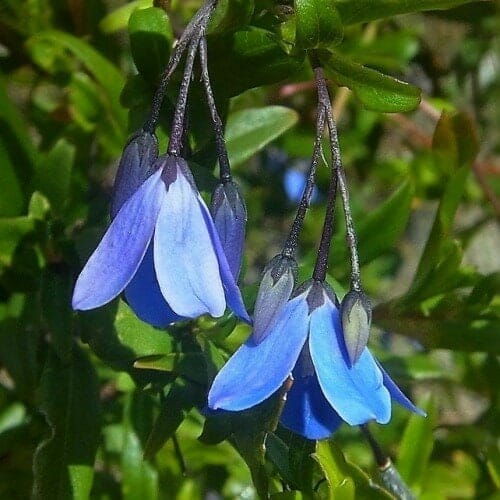
Sollya 'Bluebell Creeper' Billardiera 6" Pot Hello Hello Plants & Garden Supplies
Bluebell creeper, Sollya heterophylla, is native to Australia. An evergreen climber, it bears lance-shaped, fresh green leaves and contrasting pretty, blue, bell-shaped summer flowers, followed by edible, blue berries. It's perfect for training over a pergola or arch in a sheltered, sunny spot.
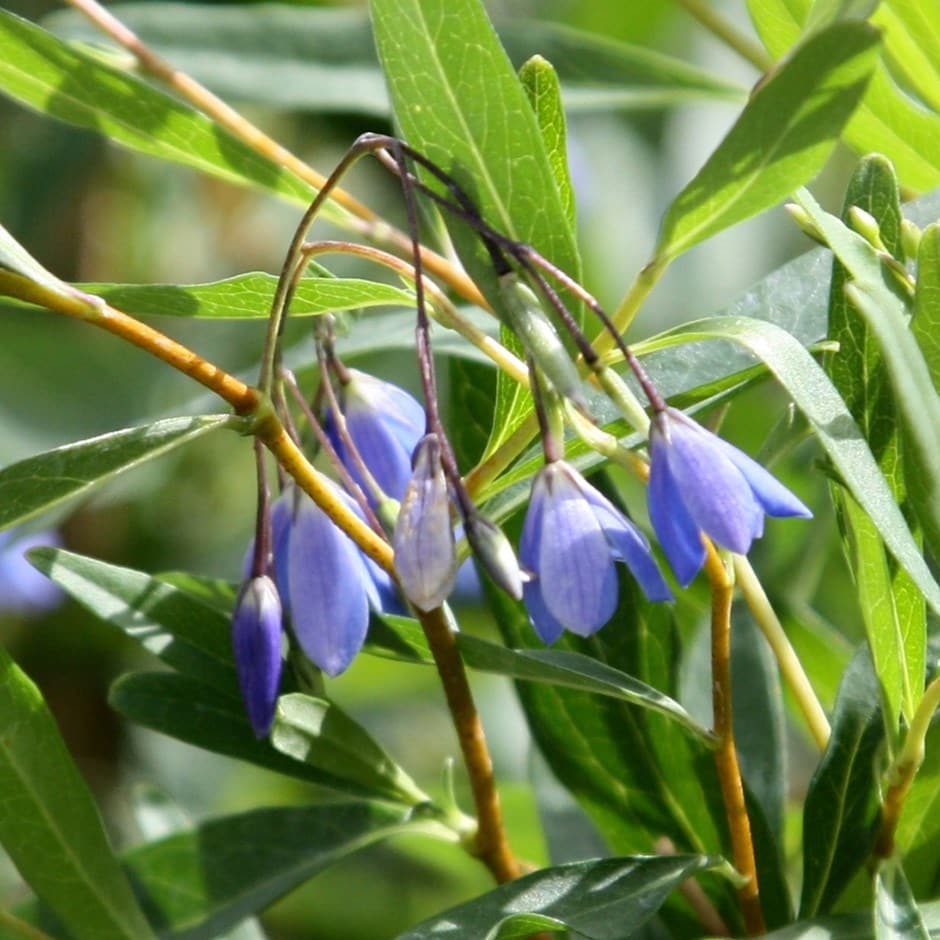
Buy bluebell creeper Sollya heterophylla £17.99 Delivery by Crocus
2 m View More Info Find your perfect green friends. Plan your green oasis based on your criteria: plant type, pet safety, skill level, sites, and more. Download the App Plants with Same Care Needs China rose The china rose (Rosa chinensis) is a Southwest China native.
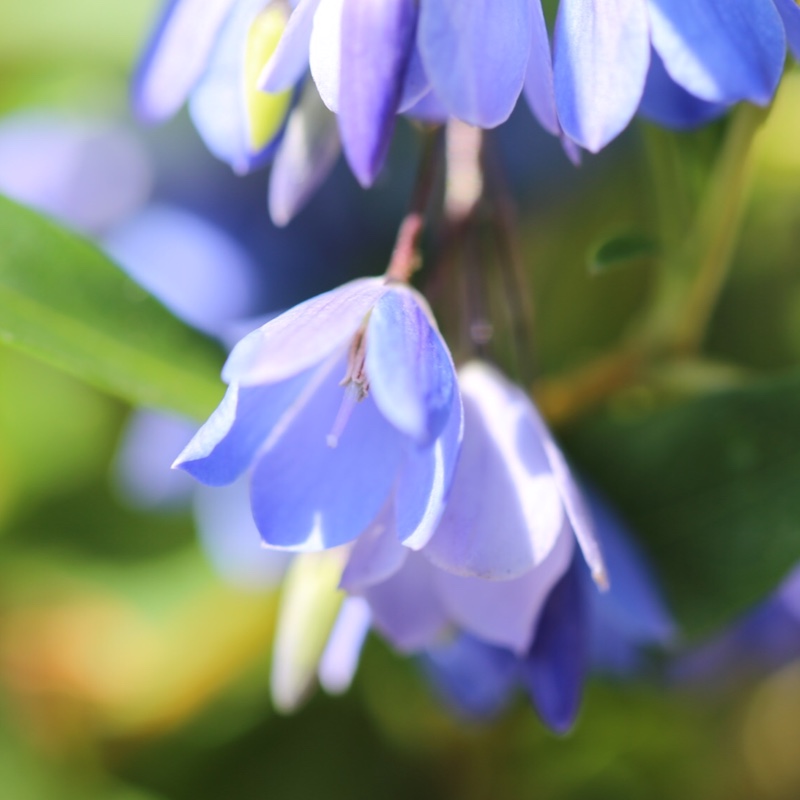
Billardiera heterophylla syn. Sollya Heterophylla, Sollya fusiformis, Bluebell Creeper in
The Citrus Longhorned Beetle (CLB) Anoplophora chinensis (Förster) (= malasiaca) (Coleoptera, Cerambycidae), was first discovered in northern Italy in 2001 (Colombo & Limonta, 2001; Maspero et al. 2007), where it is considered a serious threat to urban environments, nurseries and natural ecosystems. Since this time the number of interceptions.

Sollya Heterophylla Bluebell Creeper II Plant & Nature Photos Jules's Photoblog
Bluebell Creeper. Formerly known as Sollya heterophylla. A vigorous, evergreen, West Australian native plant growing to a height of 4 m. It may be a dense shrub or a climbing plant. Dainty drooping clusters of blue or white flowers are mainly carried in spring and summer, producing fleshy, green cylindrical berries that darken with age.
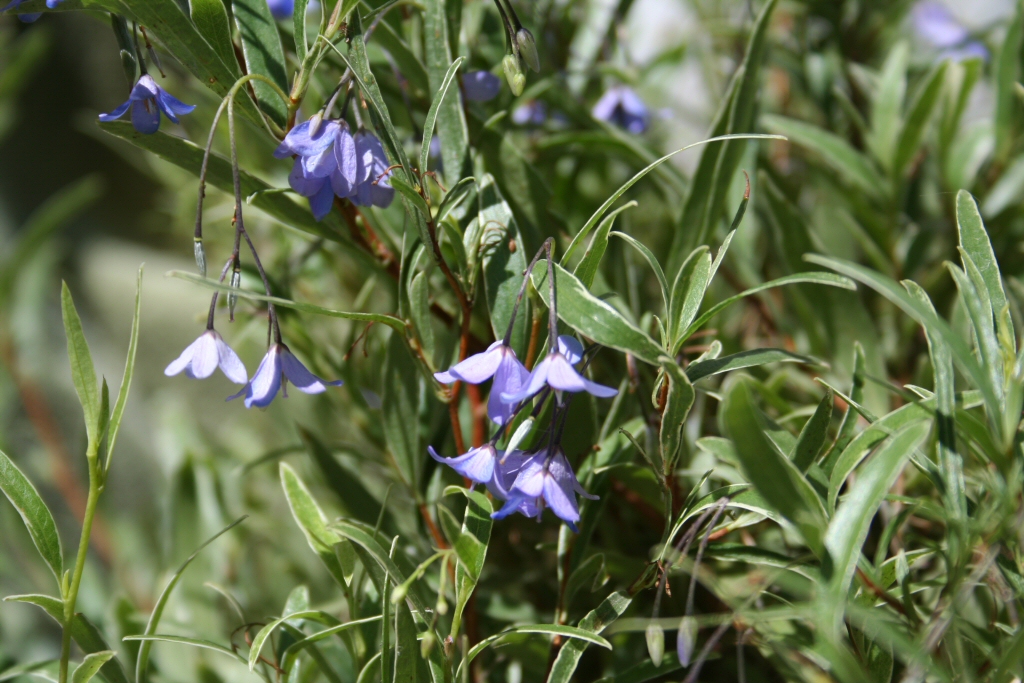
Sollya ‘Edna Walling Blue Bells’ Bluebell Creeper Gardening With Angus
Billardiera heterophylla (formerly Sollya heterophylla) is a species of flowering plant in the family Pittosporaceae, known by the common name bluebell creeper. [2] It is native to Western Australia, but is grown as an ornamental plant in appropriate climates worldwide.
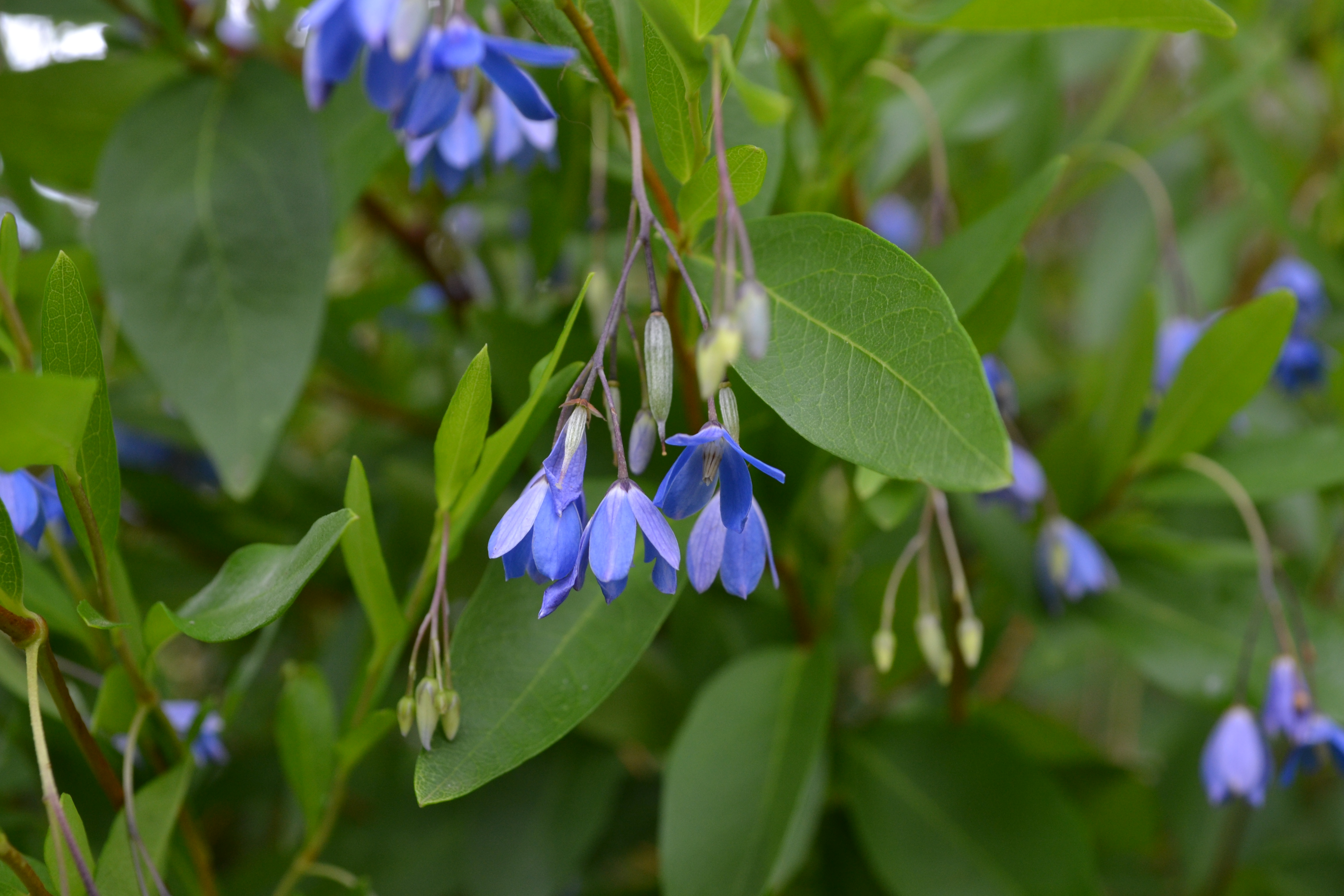
Look out for Bluebell Creeper invasive weed GWLAP
What is Bluebell Creeper? Semi-hardy warm season plants that grow rapidly and create a screen or groundcover are hard to find. Bluebell creeper is a native to parts of Australia but has become invasive in southern Australia, Victoria, Tasmania, and certain other tropical to semi-tropical areas.
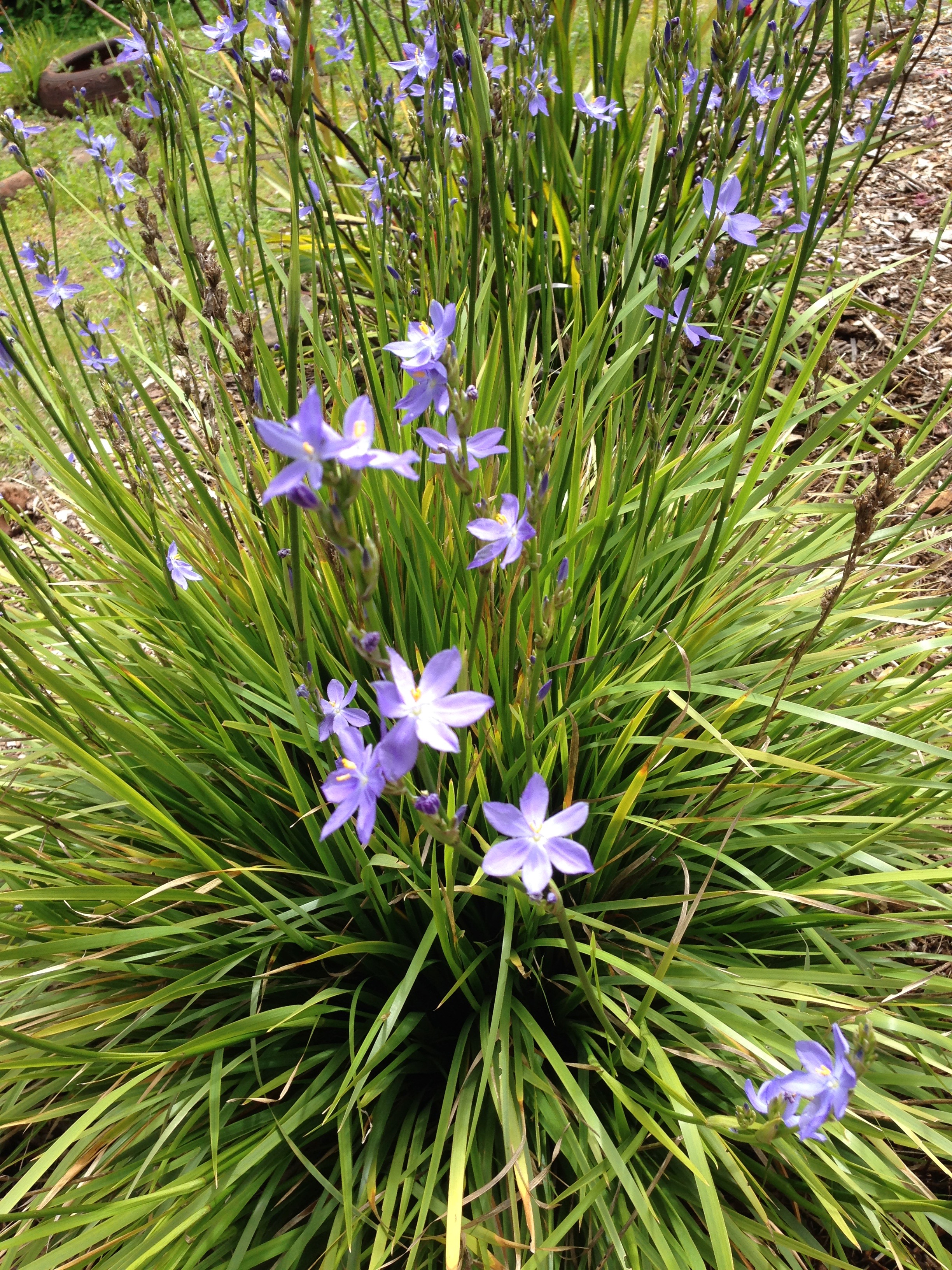
Australian Bluebell Creeper (Sollya heterophylla)
Sollya heterophylla ( Bluebell Creeper ) (Plant width:undetermined) Busy, twining, evergreen climber with weak stems. Leaves are oblong to oval and medium to dark green on top, paler green beneath. Bell-shaped, single, blue flowers bloom from early summer to fall. Flowers are followed by round blue berries. Important Info : Sometimes referred.
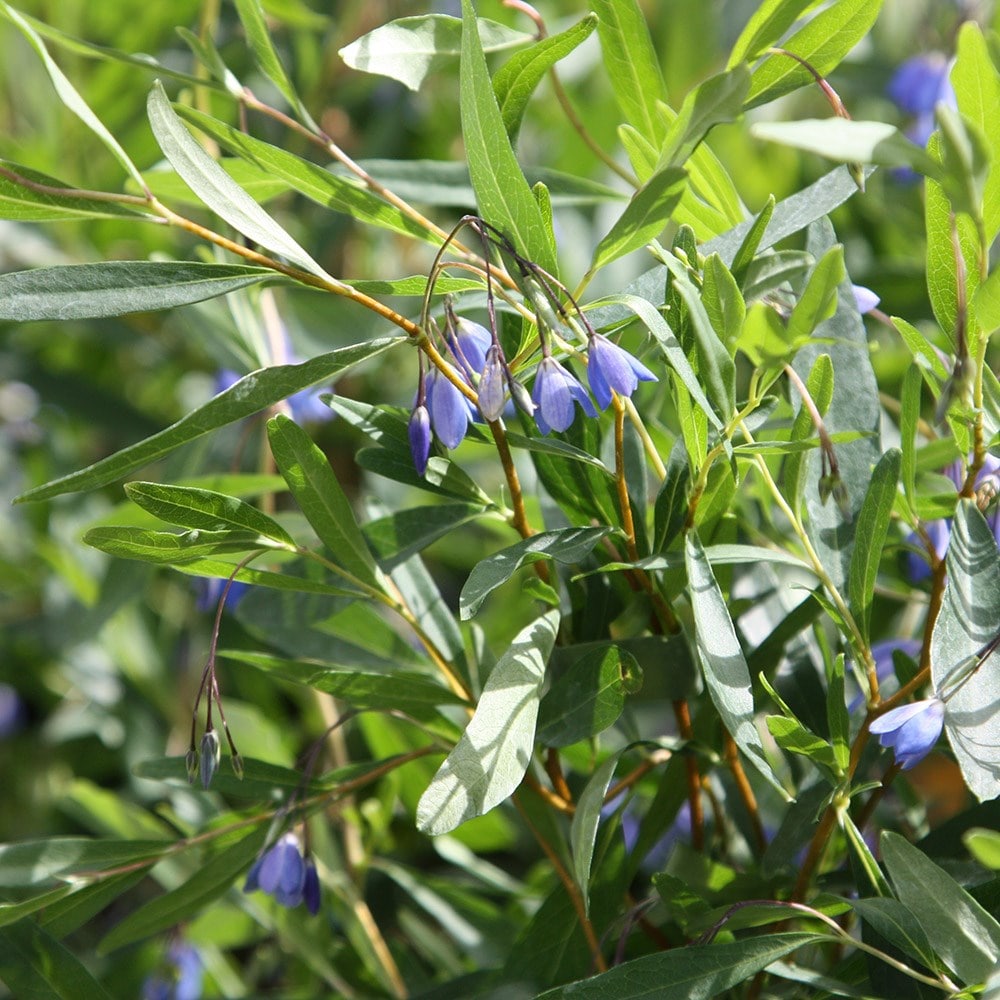
Buy bluebell creeper Sollya heterophylla £24.99 Delivery by Crocus
The Wildlife Trusts report: 'The UK's woodlands are home to almost 50% of the world's population of the bluebell. But this much-loved plant is under threat. The Spanish bluebell is more vigorous.